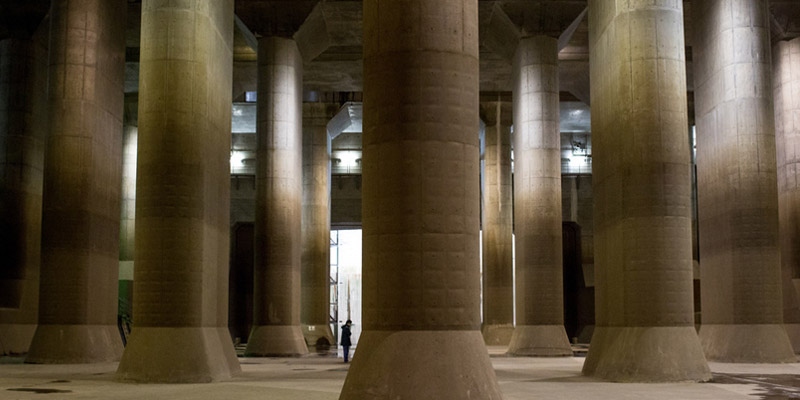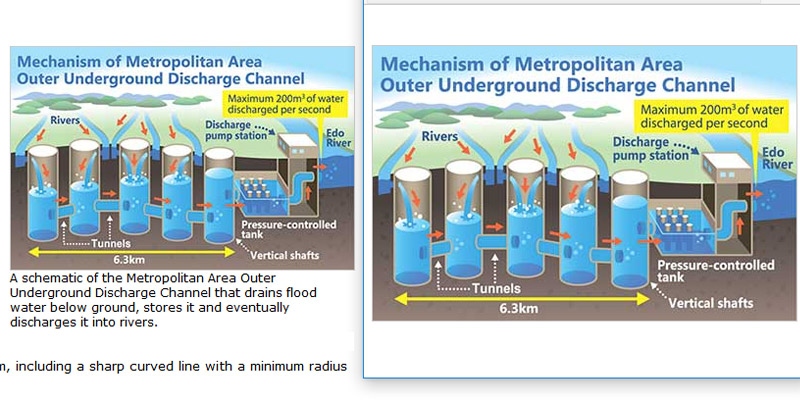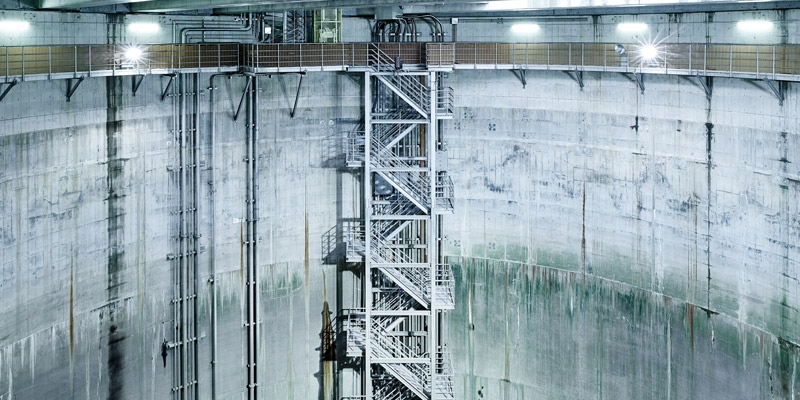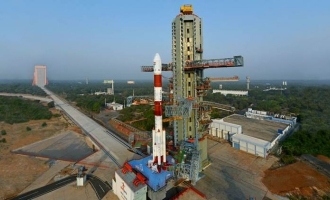It's Do or Die Now: Will Chennai follow Tokyo to Win Over Water Crisis?


Send us your feedback to audioarticles@vaarta.com



Practically every year, flooding claims the lives of hundreds across states in India. With the climate becoming more and more unpredictable, it is important that we are as prepared as possible to meet the H20 challenges that will come our way. While on one hand cities are battling water shortages due to lack of rainfall, on the other hand, floods have been wiping away families. Immediate action is required on a large scale. At this juncture, let us look at Japan’s colossal underground tunnel model to prevent flooding.
The Metropolitan Area Outer Underground Discharge Channel or the G-Cans Project located in Kasukabe city cost $2 billion to build. The massive underground structure in Tokyo is a 6.3 km long system of tunnels and towering cylindrical chambers 50 meters beneath the surface. The purpose of this channel is to prevent flooding by storing excessive rainwater during storms which will then be released into the bigger Edo River once the rain ceases. One of Tokyo’s most impressive engineering masterpieces, the tunnel was completed in 2006 after 13 years of work.

Tokyo has been the target of several floods over the years, the city having been built across 5 major rivers and other smaller ones. In the past typhoons such as Kathleen and Kanogawa have claimed several lives in Japan. Now when the smaller rivers overflow, the water will be carried by the 70-meter tall cylindrical tanks. These tanks are big enough to fit the Statue of Liberty. The project can withstand up to 50 to 75 millimeters of rain per hour. Pumps can release 200 tons of water per second into the Edo River. Disaster Expert Miki Inaoka, from the Japan International Cooperation Agency (JICA), describes the tunnels as “a science-fiction kind of facility.” The magnificent underground structure can also be visited during dry weather seasons.

In what seems to be a foolproof disaster management project, Tokyo is all set to triumph over the rain, but India still remains largely unprepared. While on one hand rainwater harvesting is going on, there are still thousands of individuals in poverty who live on the banks of rivers that can overflow at any time. Down South, Tamil Nadu and Kerala have been recent victims to uncontrollable downpours. Will a project such as this one in Japan be feasible for India though? The first obstacle seems to be the sky-high cost which will pose a definite problem. In addition, such schemes would have required a lot of planning that should have begun years ago. Even if these two aspects are taken care of, India’s huge population ensures that no practically no project can be carried out without massive displacement.
We do have another option though, and that is returning to our natural ways. The impact of the manmade floods we have created by building concrete jungles can be mitigated by increasing soil infiltration, slowing water flow by planting vegetation, storing water in ponds and planting buffer strips to interrupt the surface flow of water. In addition, it is important to study the landscape before expanding and building towns on rivers. In the name of development, we have moved away from the natural processes that were protecting us. It is high time that we realize the consequences of our actions and take steps to remedy the situation. The clock is ticking.
Follow us on Google News and stay updated with the latest!
Comments
- logoutLogout





 Follow
Follow































-798.jpg)

-7c2.jpg)

















